Your 2021 Sky Event Planner
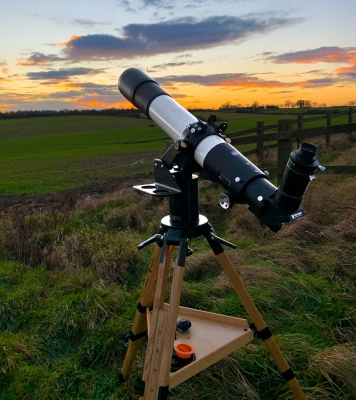
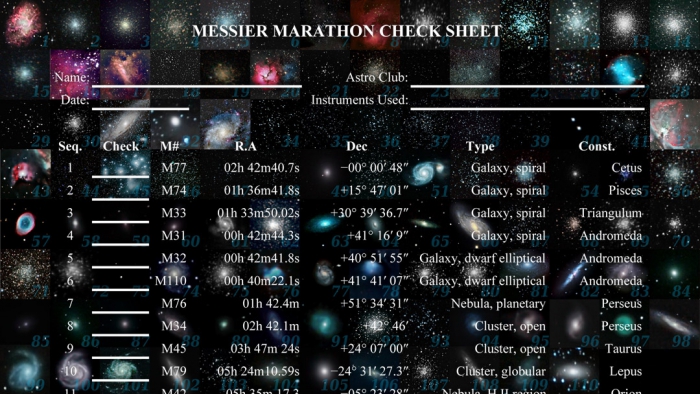
SaturNday, March 13th will be the best time for northern temperate zone observers to spot all 110 Messier objects in one night. To be a successful “marathoner,” you need to pick the right evening, have clear weather, good site selection, and a manually driven observing setup capable of wide fields of view. SEDS.org has some Messier Marathon Tips on accomplishing a successful “run.”
Supermoons & Micromoons
Full Moons that occur around the time of lunar “perigee,” when the Moon is closest to Earth, are bigger and brighter than usual. We call these Supermoons. (Note that sources differ on how close to the “perigee” location our natural satellite must be when it turns full for it to quality as “Super.”) There will be three Supermoons in a row for 2021: April 27th, May 26th (also a Total Lunar Eclipse — see below), and June 24th.
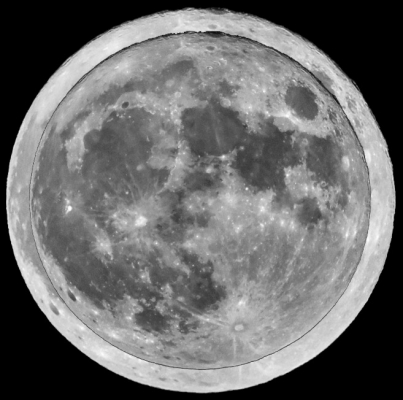
The opposite of a Supermoon is a Micromoon: this happens when the Moon becomes full near orbital “apogee” — the furthest point from Earth. Micromoons will happen on the following full Moons this year: November 19th (also a Partial Lunar Eclipse— see below), and December 18th.
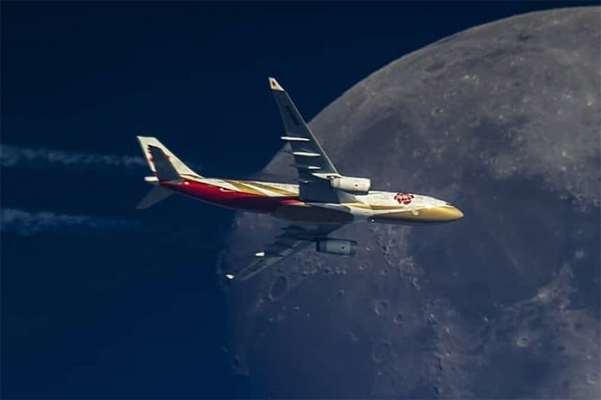
The full Moons of the northern hemisphere’s summer are on June 24th (Strawberry Moon), July 23rd (Buck Moon), August 22nd (Sturgeon Moon), and September 20th (Harvest Moon). Since there are four Full Moons over the course of the season, the August 22nd Moon is also referred to as the Seasonal Blue Moon. (Not to be confused with the Blue Moon designation for the second full Moon in a month). A Seasonal Blue Moon occurs in about intervals of 2.7 years.
The May 26th Supermoon will coincide with a Total Lunar Eclipse. Greatest Eclipse will be at 11:18:40 UT. The complete event will be visible throughout the vast emptiness of the Pacific Ocean and parts of eastern Asia, Japan, the eastern two-thirds of Australia, and the western part of Alaska. Part of this over three-hour event will be visible from most of the Americas, India, China, and south-east Asia.
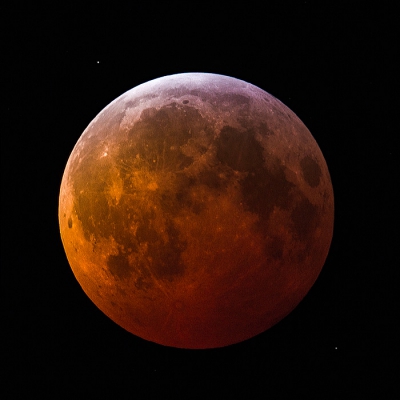
A Partial Lunar Eclipse will coincide with the November 19th Micromoon. Don’t think you should skip viewing the event because it’s “only a partial.” It’s not “total” because just a tiny sliver of the Moon will escape contact with the deepest part of Earth’s shadow, while being well within the lighter Penumbral shadow. Greatest eclipse will be at 09:02:53 UT. Again the Pacific waters are favored for the full-show, but so are most of North America and Siberia. Part of the event will be visible in Central and South America, West Africa, Northern, Western, and Central Europe, Australia, Japan, the Philippines, China, and the eastern side of India.
Solar Events
There are two solar eclipses this year.
The June 10th event is an Annular Solar Eclipse. This means the Moon will not fully obscure the solar disk and it is NOT SAFE to view the Sun without a filter even at greatest eclipse. It also means the Sun’s corona will not be visible. The greatest eclipse path is mostly in the far northern latitudes. confined to extreme eastern Russia, the Arctic Ocean, the North Pole, western Greenland, and Ontario Canada. Greatest eclipse will be at 10:41:51 UT. A partial eclipse will be visible in the eastern United States, northern Alaska, northern and eastern Canada, Greenland, Europe, Russia, and Mongolia. If all goes well, this may be the first post-COVID-19 eclipse-chasing event!
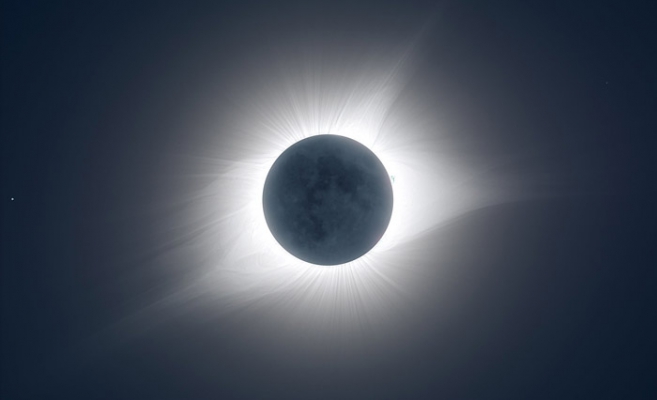
The second event is the Total Solar Eclipse on December 4th at the pole opposite the June event. The path of totality for this eclipse will be limited to Antarctica and the surrounding oceans. A partial eclipse envelopes the waters south of Australia, South America, and Africa.
The Planets
The big planetary event is the July 13th Conjunction of Mars and Venus. Their paths will make an actual cross in the sky. At closest approach, they will be around 28-arc-minutes apart (about the size of full-Moon) in the west after sunset. Two days before they’ll be a degree apart and two days after they’ll be a 1½° apart — so they’ll not linger together for long.

Opposition dates (rising at sunset) for the outer planets are as follows:
-
-
- August 2nd: Saturn
- August 19th: Jupiter
- September 14th: Neptune
- November 5th: Uranus
-
We wish that your 2021 will be full of clear skies and all these events will find you in good health.


